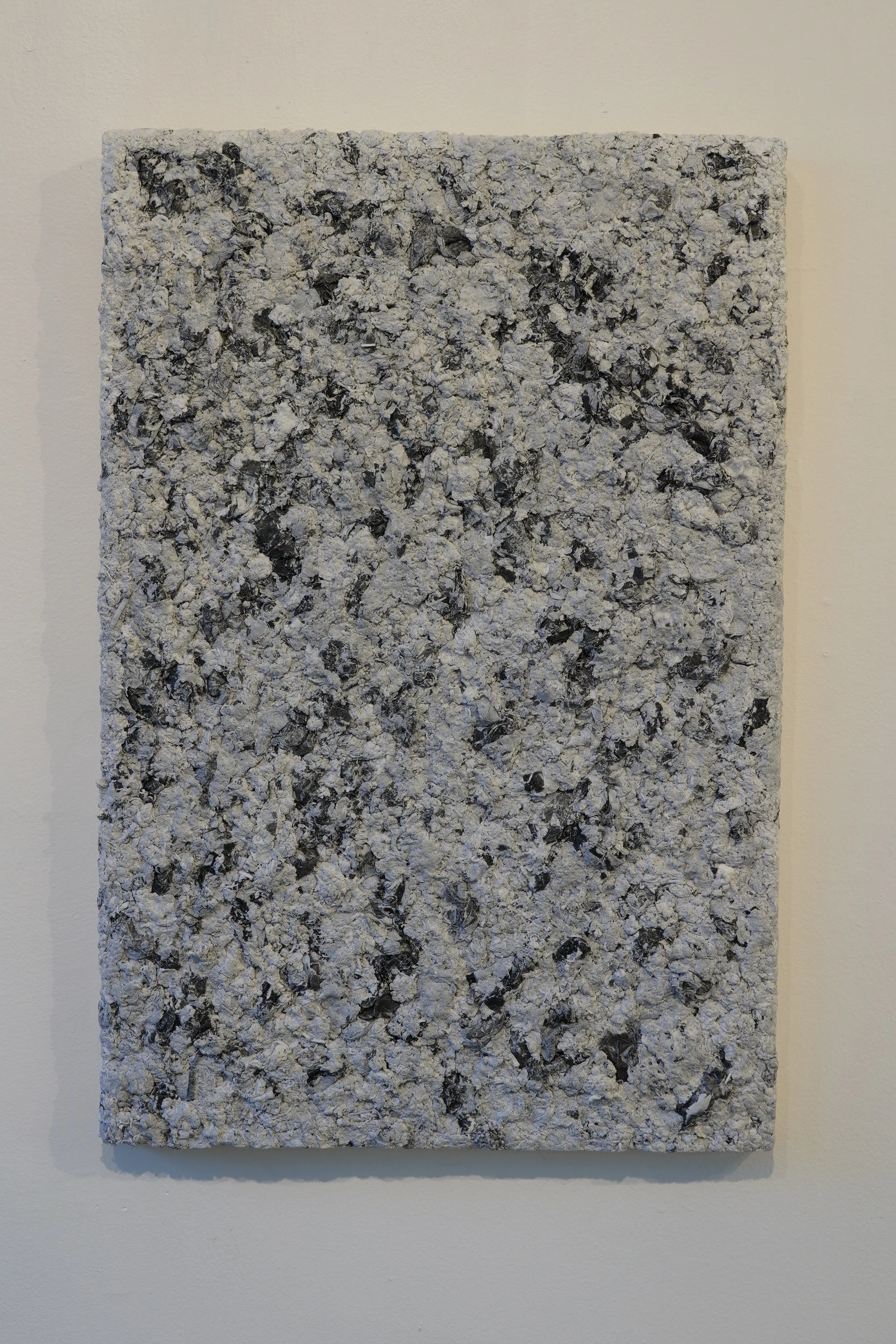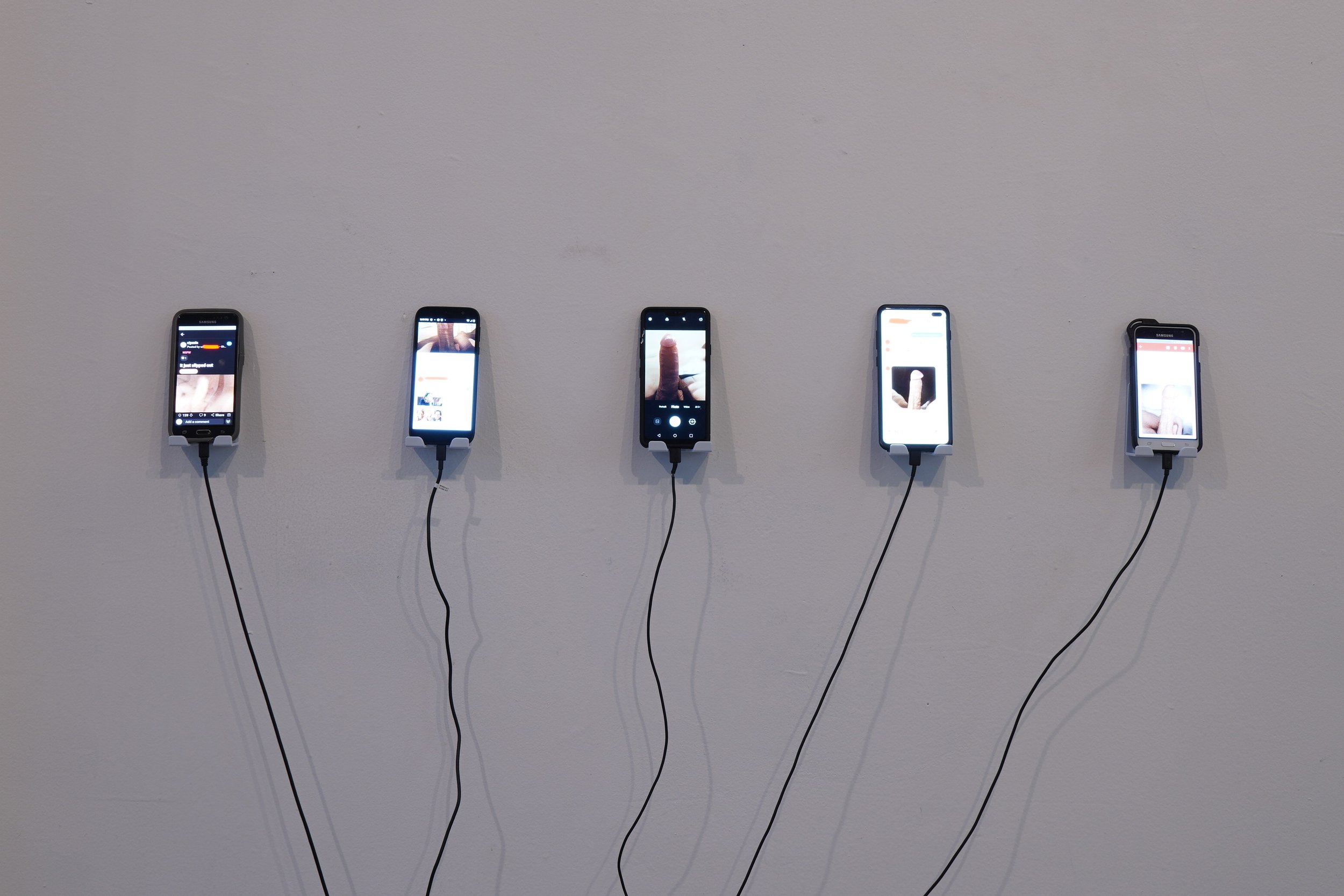Reimagining Docile Bodies
A group exhibition featuring artists Les Gomez-Gonzalez, Amaris Cruz-Guerrero, and Ari Temkin.
February 18 - 20, 2022This exhibition examines the artistic process of these artists as they pursue their unique creative endeavors to depict the differences inherent in the domestication and materialization of the human body.
Each practice represents a unique approach that stems from their relationship to the body and its incorporation within their practice alongside socio-normative ideologies. These socio-normative ideologies concern the over-sexualization of the female body, the relationship between the representation of the human body, and its perceived exploitation in a traditional gallery space, and 'generational curses.'
Through reimagining and reconstructing their experiences with bodies, domestic practices, and rituals, each artist invites the viewer further into conversations surrounding identity, the perpetuation of idealized notions of the female and male form, and objectives related to what Michel Foucault coined the 'docile body.' The artworks presented in this exhibit cohesively showcase the effects of the body in relation to the spaces of power it inhabits, further allowing viewers to acknowledge the control, surveillance, and power exerted over the body in different settings.
This exhibit acknowledges how the body and domestic practices can be utilized as a medium to initiate conversations and interpret new meanings surrounding the term 'docile body'. Foucault argues that the 'docile body' focuses on the body specifically as the site of regulation or as an "object and target of power: historically. Utilizing the term 'docility' meaning the point at which "the analyzable body and the manipulable body" are joined—is employed to illustrate how individuals within their bodies are subjected to institutional regulation (136). Similar to Foucault's theory, these three artists employ a range of media to argue that individuals are subject to constant surveillance and regulation in ways that are often subtle, leading to the normalization and acceptance of such systems.



